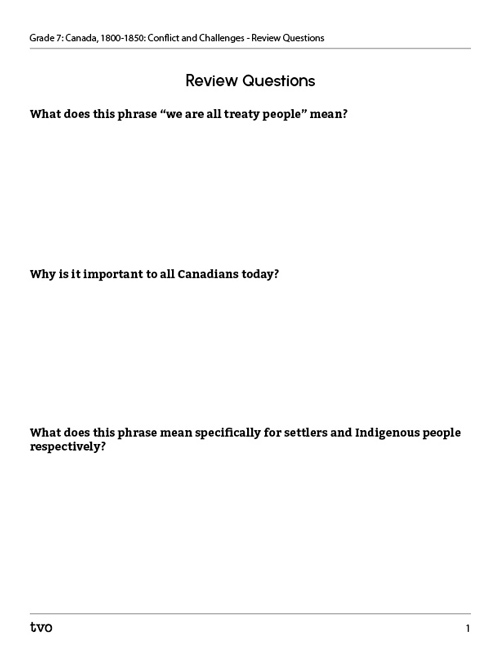Minds On
Making predictions

In this learning activity, you will be investigating several key treaties of relevance to Indigenous Peoples between 1800 and 1850.
Begin by filling out the first two sections of the following graphic organizer based on what you believe you already know about treaties, and what you wonder about treaties. At the end of this learning activity, you will return to this organizer and complete the final three sections.
| What I think I know | What I wonder | Confirmed | Misconceptions | New information learned |
|---|---|---|---|---|
Complete My Predictions activity in your notebook, in the following fillable and printable document, or in a method of your choice.
Press the ‘Activity’ button to access the My Predictions.
Action
What is a treaty?

A treaty is a binding agreement made between two parties. For Indigenous peoples, the sacred and binding characteristics of a treaty are not found in the legalistic language but rather the oral agreement, and are more than mere documents or transactions, but a practice and a custom that endures over time.
For Indigenous communities, treaty deliberations were often accompanied by ceremonial components, such as smoking pipes or the exchange of a symbolic present. Treaties made between Indigenous peoples (First Nations, Métis, and Inuit) and the government typically concern land. Indigenous peoples were asked to share their land in exchange for payments and/or other promises. Treaties have ongoing rights, responsibilities, and obligations that need to be upheld by Indigenous communities, colonizer communities, and the government.
Throughout this learning activity, you will learn and independently evaluate a variety of treaties that are relevant to Indigenous and settler communities in Canada.
Before Canada was a country, treaties dominated the landscape. Between Anishinaabeg and Haudenosaunee, or Nêhiyaw and Dakota, or Muskego and Inuit, formal arrangements to share the land and undertake peaceful relations were common. We have stories of the very first treaties — treaties with the land itself (with the bear, the deer, the waters, and so on) — that stretch back thousands of years.
When settlers eventually arrived in this part of the world, they were greeted by treaty-makers."
Source: King, 2016
Reading Time
Deepen your understanding of treaties
To better understand the content in this learning activity, deepen your understanding of treaties and the treaty-making process in Canada by exploring the following article “Anatomy of a First Nations Treaty” and the Government of Canada website dedicated to treaties and agreements.
Press tvo today to access “Anatomy of a First Nations Treaty.”
Opens in a new tabTask 1: Mica Bay and Robinson-Huron Treaty
Press Minerals to access background information about minerals.
In 1841, geologist Douglas Houghton filed a report that concluded there was strong mineral potential of Lake Superior, which sparked a mineral boom in Michigan. Thousands began to pass through Sault St. Marie into the “copper industry.” In 1843, Canada appointed Joseph Wilson as a Crown Lands Agent and in 1845 Canada West issued the first mineral exploration license for Lake Superior. Canada West began to survey the land, which included an Anishinaabeg settlement (Garden River First Nation Reserve) under the leadership of Shingwaukonse.
Braintstorm
Let’s make a prediction!
What predictions can you make about the mineral-rich lands around Lake Superior? What do you think might happen next?
Press Hint to explore a prompt to help you getting started.
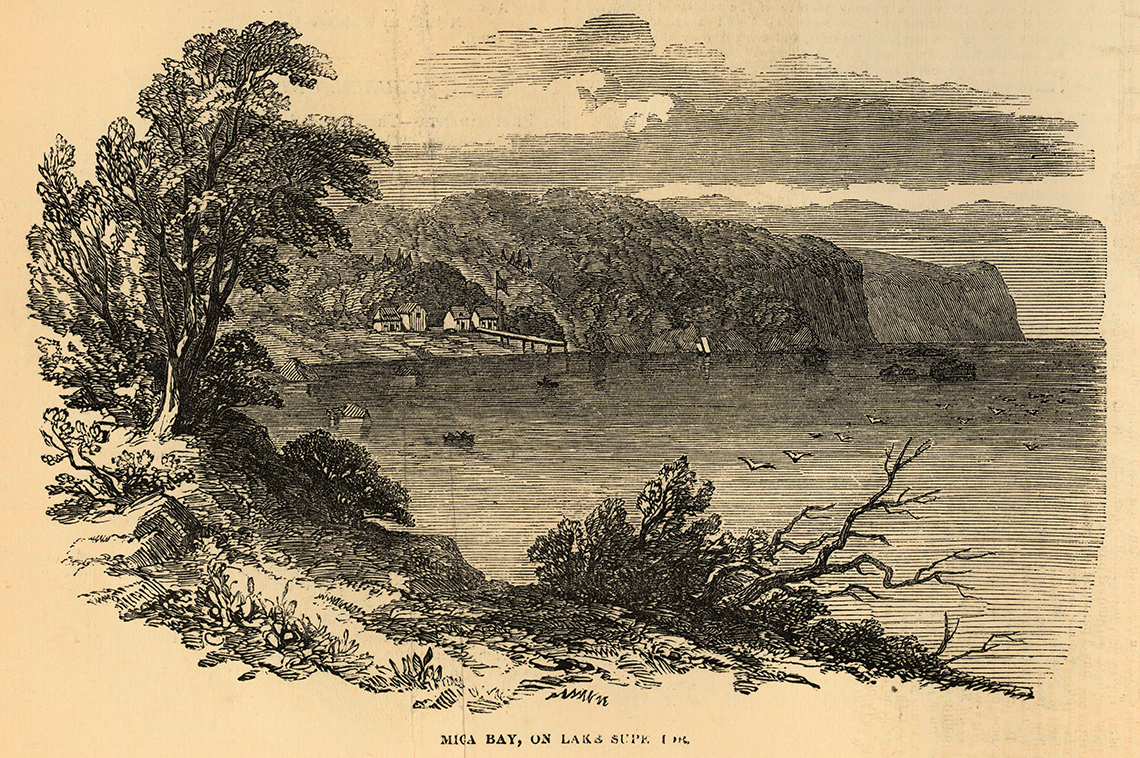
Press the following tabs to access and review the definitions.
Shingwaukonse immediately questioned the land surveyors, as the land they were infringing on had not been surrendered and therefore was not owned by the government. He petitioned the Governor General, insisting on a share of the mineral profits.
In 1846, a mining association was given a lease for the Mica Bay sites and proceeded to building accommodations and mine buildings with the intention to begin copper production in 1848. Aware of growing tensions, there was a call for a treaty. However, Canada West was unwilling to negotiate because of how profitable the mining industry was. They stood to gain at least $400,000 from the project, which was a lot of money back then.
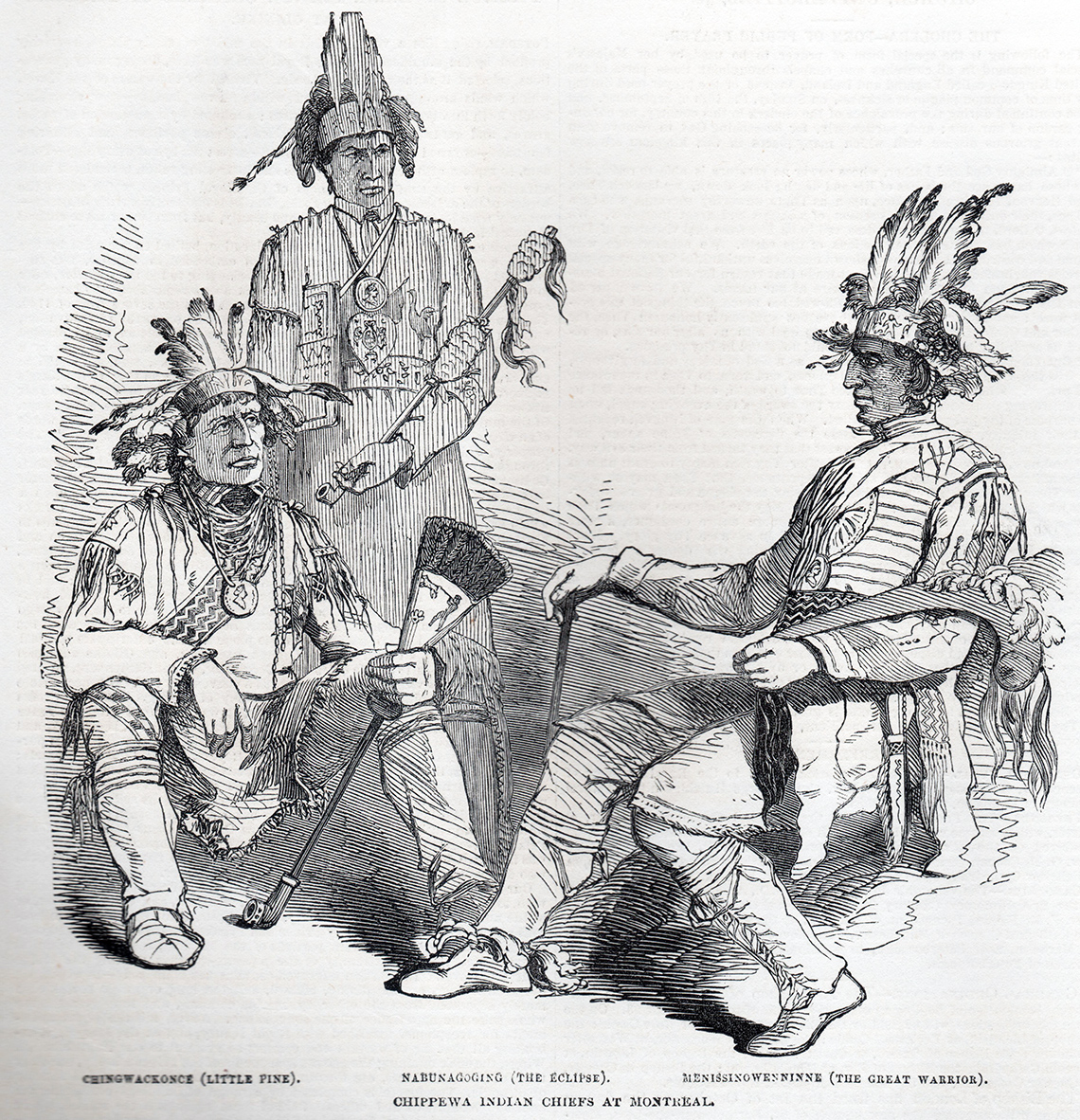
In 1849, there was still no movement from the government. Three Chiefs, Shingwaukonse, Nebenaigoching, and Menissinowennin developed a petition that questioned the government’s rights and vowed to drive miners off the lands. This petition made local newspapers as the three Chiefs traveled to Montreal to meet the Governor General. As they traveled, warriors from their communities attempted to drive miners off the lands. The Chiefs were advised to refuse the treaty as they would be forced off their lands without compensation.
In November of 1849, the three Chiefs, a lawyer, and hundreds of Métis and Anishinaabeg peoples stormed the land of Mica Bay with guns and cannons. They demanded money from the mine manager, John Bonner, or to close the mine. Bonner chose to close the mine and within a few weeks all of the employees abandoned it.
Source: Hele, K. S. (2020, February 10). Mica Bay Incident. The Canadian Encyclopedia. https://www.thecanadianencyclopedia.ca/en/article/mica-bay-incident.
This incident led to the creation of the Robinson-Huron Treaty.
This treaty:
- recognized Indigenous land rights and set rules for future treaties
- established annuities (yearly payments) that Indigenous communities would receive, including an “escalator clause” that stated as the profits of the mines increased, so would the payout for Indigenous peoples
- sparked Joseph Wilson to form a company to defend Indigenous uprising
- led to an act being passed that prevented individuals from “inciting” Indigenous resistance
The failure of the government to follow this treaty, specifically the “escalator clause” has led to a land claim that is currently before the courts. Indigenous communities were originally promised $4.00 a year for the profits of the mine, and this amount has not changed since 1874, even though profits from the mine have increased, cost of living has increased, and inflation has occurred.
Explore the following “The Terms Are Not Honourable’: The Treaty at the Centre of a Centuries Long Dispute” article.
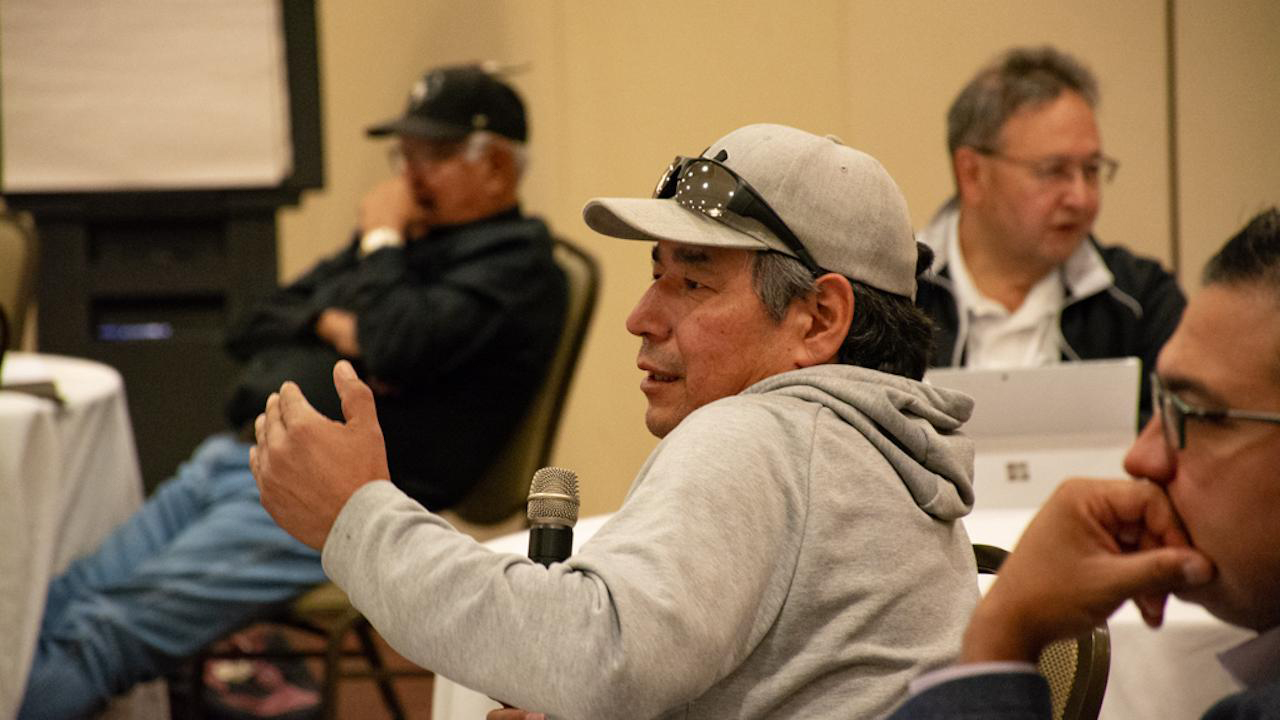
Press tvo today to access “The Terms Are Not Honourable’: The Treaty at the Centre of a Centuries Long Dispute.”
tvo today (Opens in a new tab)Review questions
Respond to the following questions using a method of your choice.
- Why have Indigenous communities taken the Federal Government to trial over the Robinson-Huron Treaty?
- What argument did the Federal Government use when defending their position?
- What barriers have prevented these Indigenous communities from speaking up sooner?
When you are finished check your responses by pressing each tab.
Answer
They have taken their concerns to the Federal Government because the cost of their payments has not increased since 1874, even though there was a specific “escalator clause” outlined in the Robinson-Huron Treaty. The Federal Government has made billions of dollars in revenue from the extraction of metals, fish, and lumber in the area, but has not increased the payout to Indigenous communities who own the land they are extracting from. Indigenous communities are upholding their end of the relationship, but the government is not. Therefore they are pursuing legal action.
Answer
The government is arguing that the treaty indicates the payment can only be renegotiated by the Crown (or the Queen). However, the Anishinaabe highlighted the fact that Indigenous communities would have never agreed to empower the Crown only to make this decision, and that it was to be based on increased profits from the resource extraction. We are all treaty people, and the government needs to acknowledge and honour the treaty relationship.
Answer
There were many different barriers that prevented Indigenous communities from speaking up sooner. For example, legal action was blocked by the government for some time, and Indigenous communities were prevented from traveling or hiring legal counsel. There are also financial barriers as communities need to acquire loans to pay for legal counsel that could be financially detrimental to their community.
Test your knowledge!
Rank the following events from 1 to 5 based on the order they occurred in.
Task 2: Evaluating treaties

In this task you are going to assume the role of an Indigenous Rights Lawyer. Your task is to research a variety of treaties and determine if the terms of the treaty are fair or not. You will also be investigating how the treaties have changed over time.
Choose two of following treaties to explore in detail.
- Selkirk Treaty (1817)
- Huron Tract Treaty (1827)
- Saugeen Treaty (1836)
- Manitoulin Island Treaties (1836)
- Robinson-Superior and Robinson-Huron Treaty (1850)
You should consider how Indigenous peoples were consulted in this treaty-making process, how the treaty impacted them then, and if the treaty is still impacting them today.
You will create a short speech for each treaty to present in front of the courts. If possible, present your speech to your peers.
As you complete this activity, use the following checklist to evaluate your speech.
Success criteria checklist
Task 3: “Treaty people”
Explore the following article “How Treaties Shaped My Life – and My Great-Great-Grandmother’s.”
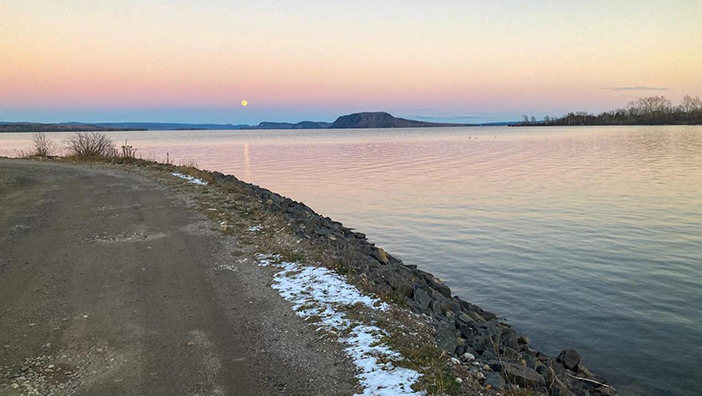
Press tvo today to access “How Treaties Shaped My Life – and My Great-Great-Grandmother’s.”
tvo today (Opens in a new tab)In the article, the author writes, “Once I stopped to consider the impact of this treaty and of the 70 other historic treaties that the Government of Canada recognizes, I realized that many aspects of my life – and the lives of everyone else who lives in Canada – have been shaped by them.” Treaties detail the rights and responsibilities of both Indigenous communities and the Government.
Review
Why is it important to recognize that both parties have a role in honouring treaties? Do you believe you have a role in this process?
"We are all treaty people” means that both parties (and all people in Canada) have an obligation to uphold the treaties. It acknowledges the roles of settlers as beneficiaries of the treaty-making process, as well as their responsibilities as treaty people on Indigenous lands, and to Indigenous peoples. Treaties, in most areas of Canada, are the legal basis for how settlers came to live on the land today.
In British Columbia, the phrase “we are all treaty people” is not as common, as this region does not have many treaties.
Respond to the following questions using the printable and fillable Review Questions document or use a method of your choice.
Consolidation
Task 1: Review

Review your ideas in your graphic organizer from the beginning of this learning activity. Now that you have completed all the tasks, complete the rest of the organizer.
Questions to consider:
- What was confirmed (accurate) about what you thought you knew about treaties?
- What misconceptions did you have (something that was different than you thought)?
- What new information did you learn?
| What I think I know | What I wonder | Confirmed | Misconceptions | New information learned |
|---|---|---|---|---|
Task 2: “We are all treaty people”
Think about the concept that “we are all treaty people.” How could you educate others in your community on what it means to be a treaty person?
Think of three different ways you can teach them and get your message across.
Press Hint to access some ideas to help get you started.
- social media message
- public service announcement
- educate your class or school
- presentation
- letter to the government
- learn more from local Indigenous community
- blog post or website
- podcast episode
What message would you send? Using a method of your choice, share your messages in your community.
Reflection
As you read the following descriptions, select the one that best describes your current understanding of the learning in this activity. Press the corresponding button once you have made your choice.
I feel...
Now, expand on your ideas by recording your thoughts using a voice recorder, speech-to-text, or writing tool.
When you review your notes on this learning activity later, reflect on whether you would select a different description based on your further review of the material in this learning activity.
